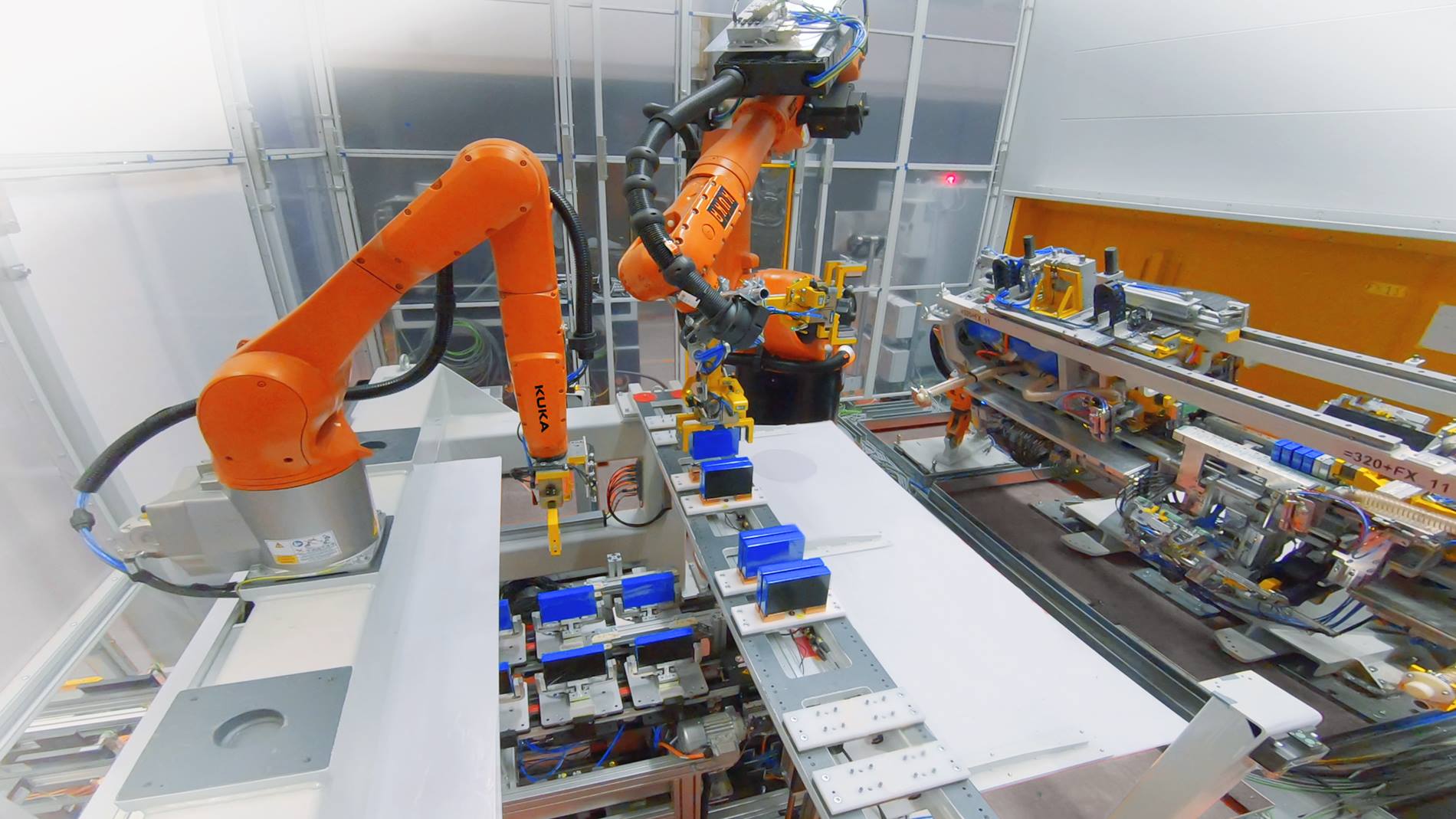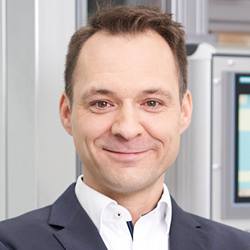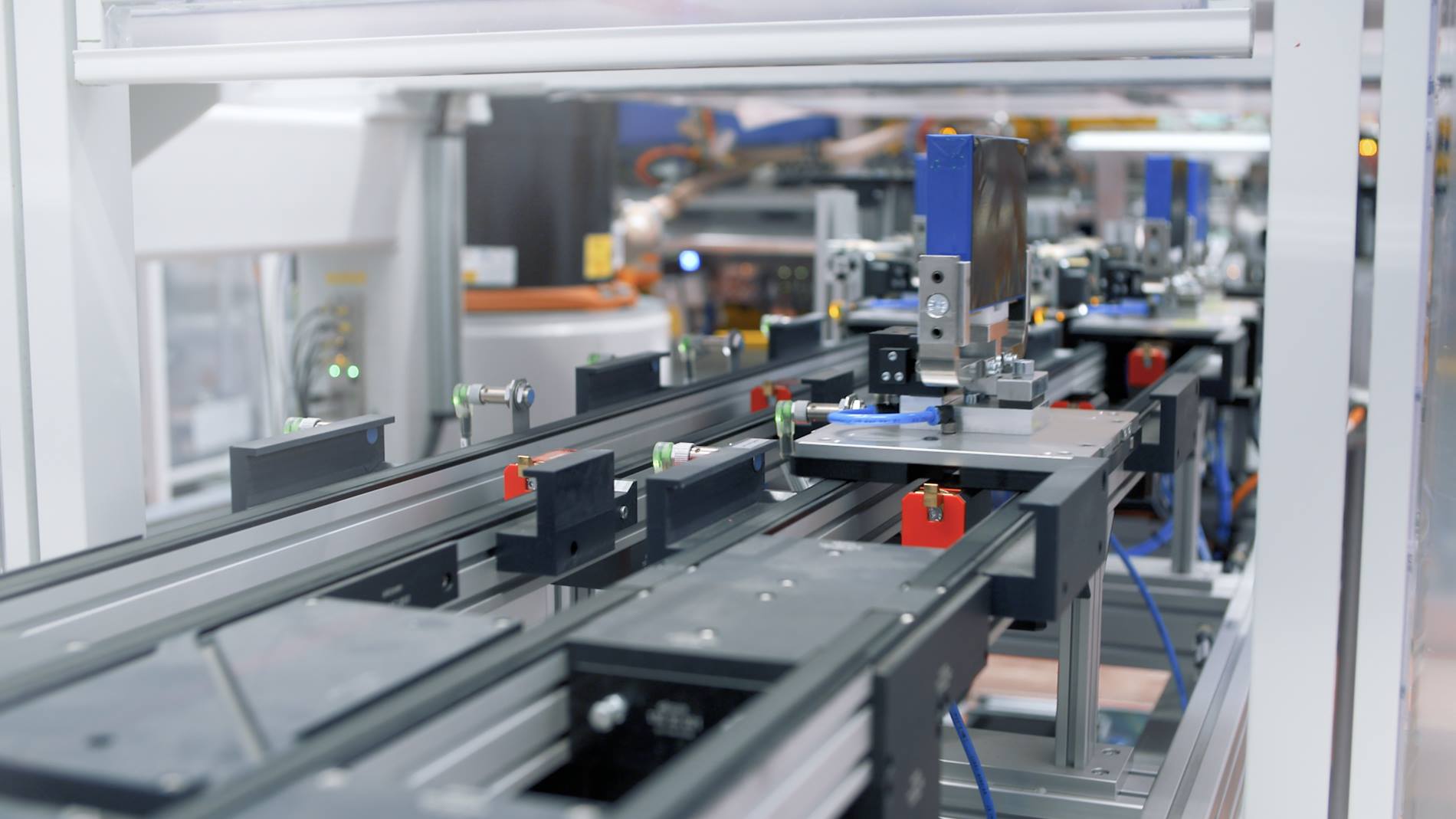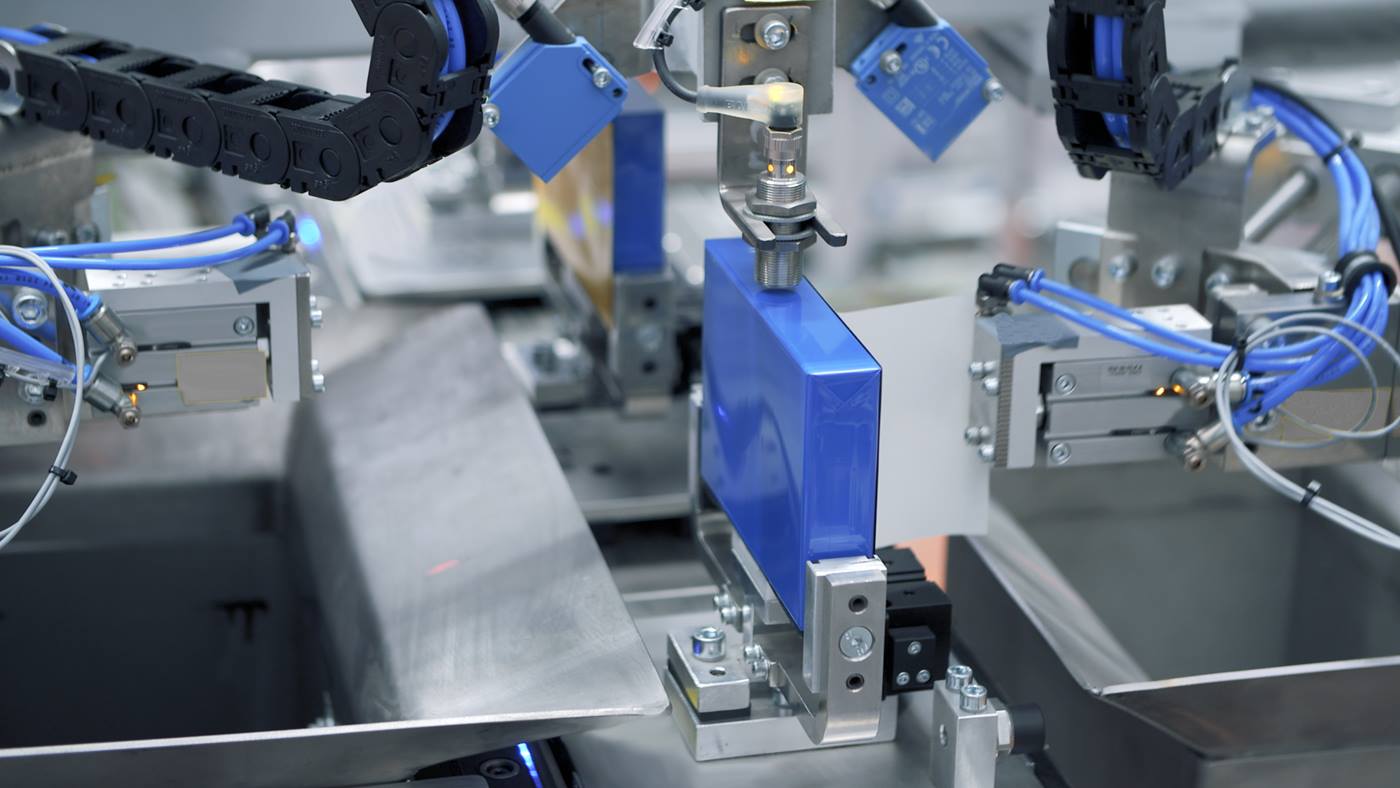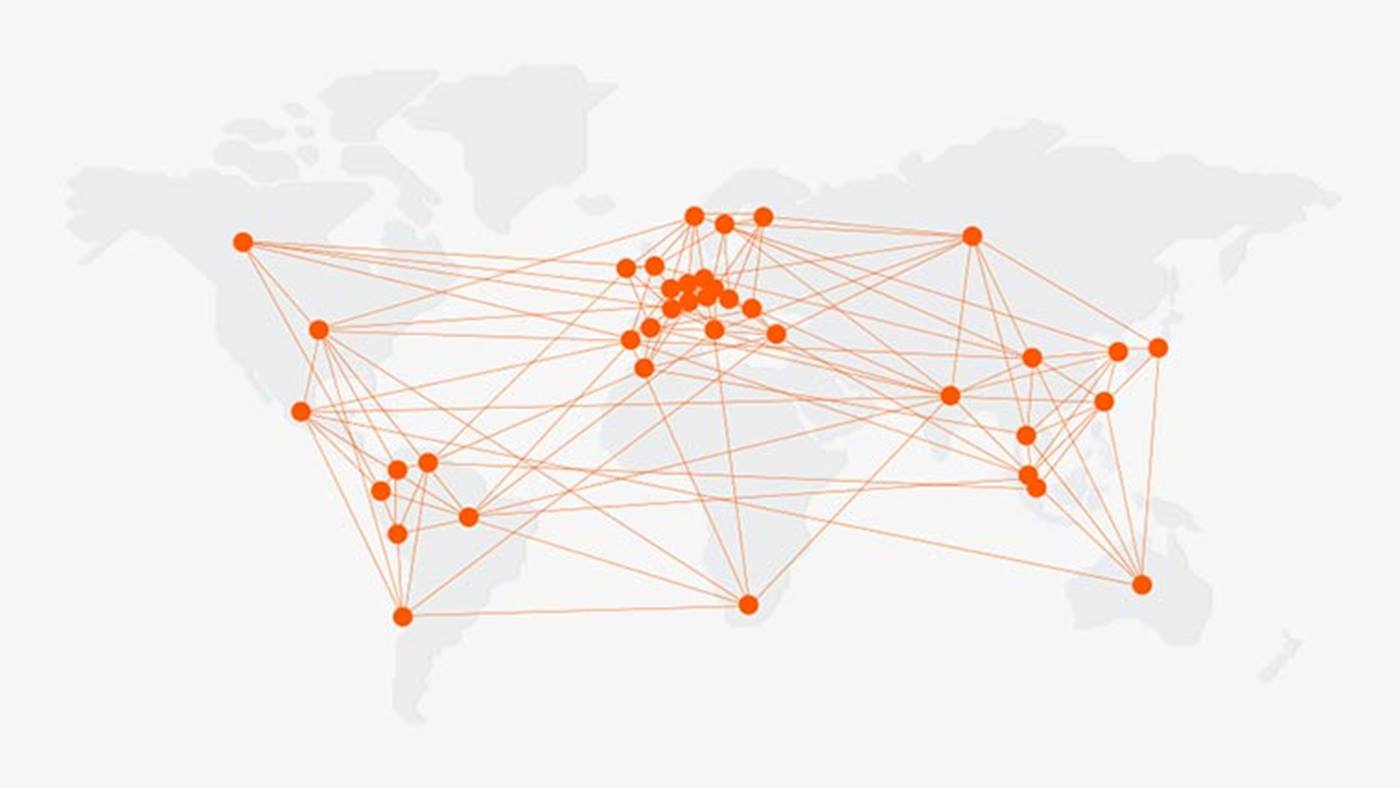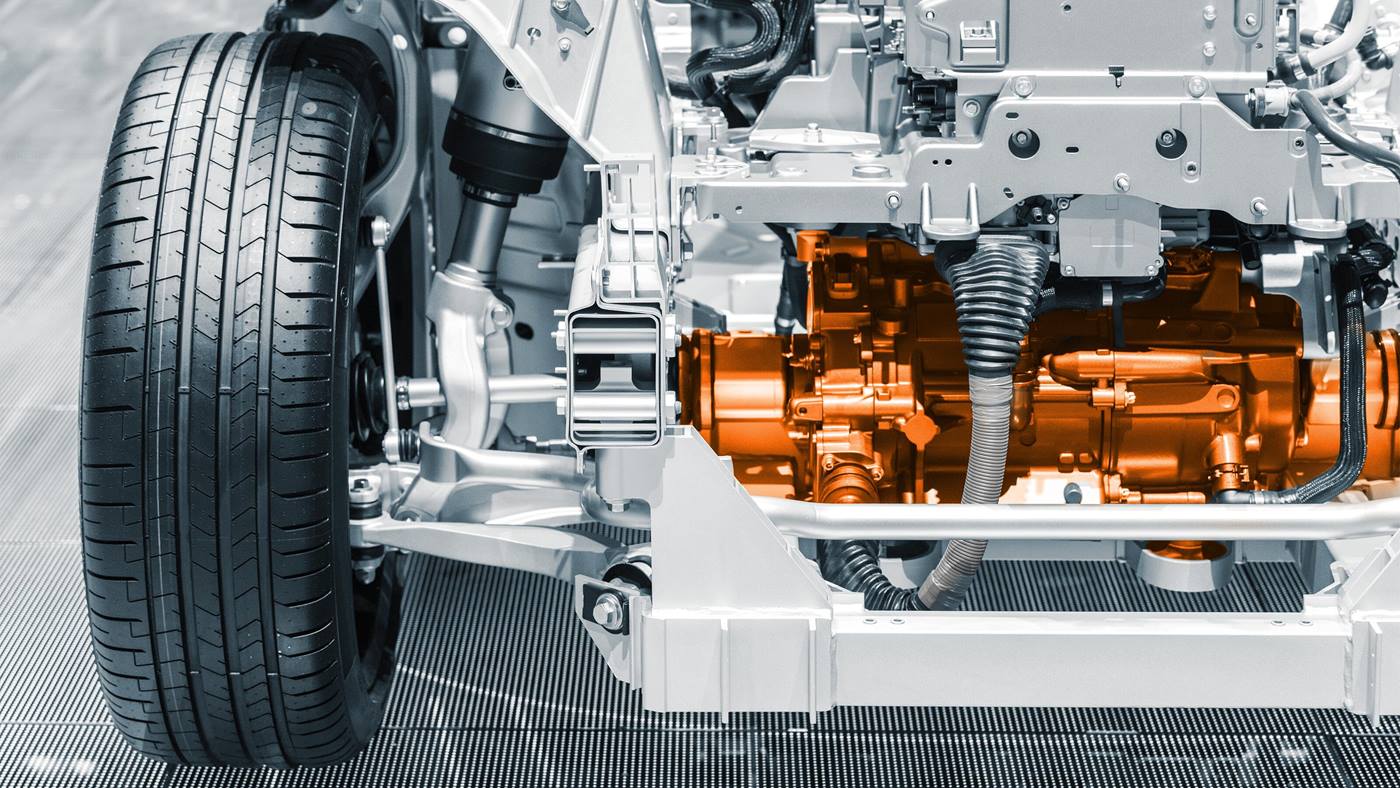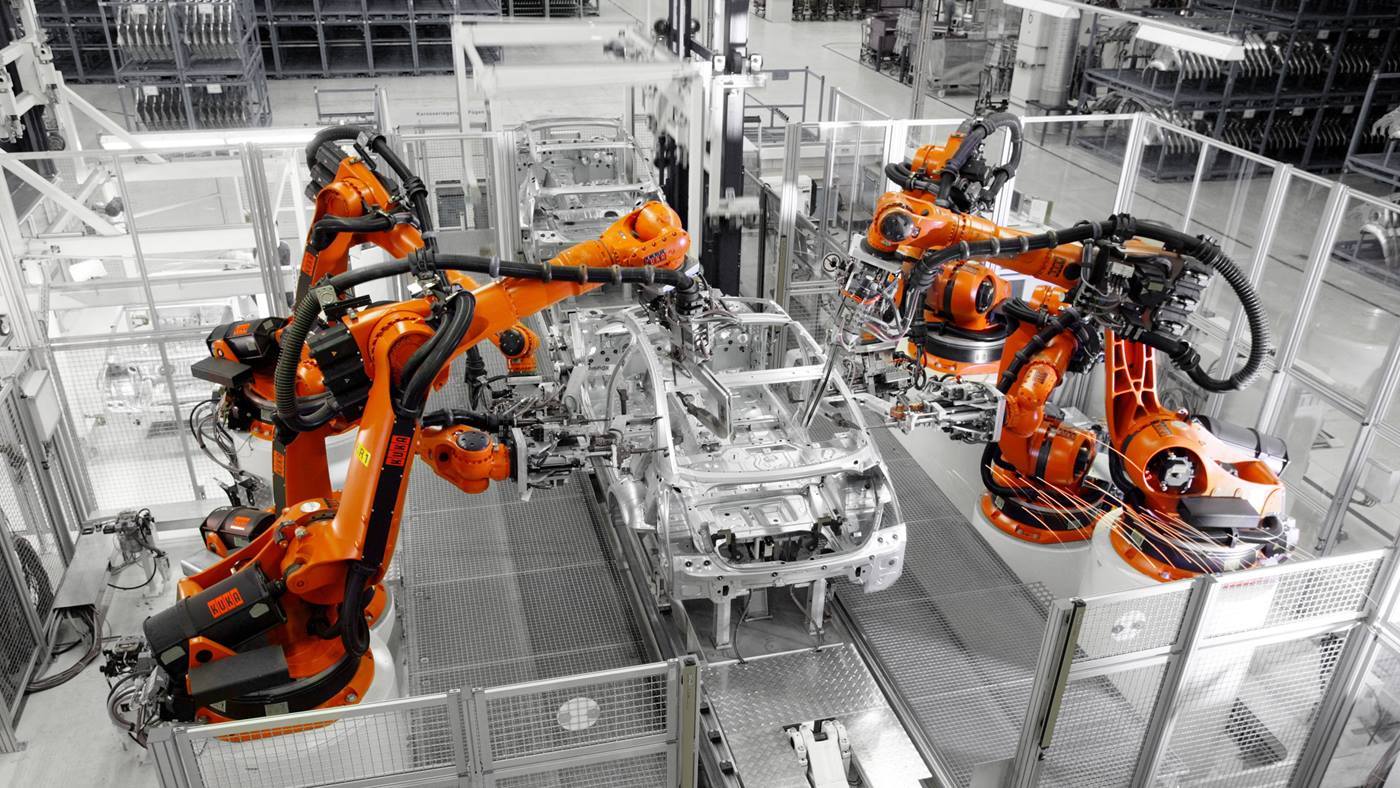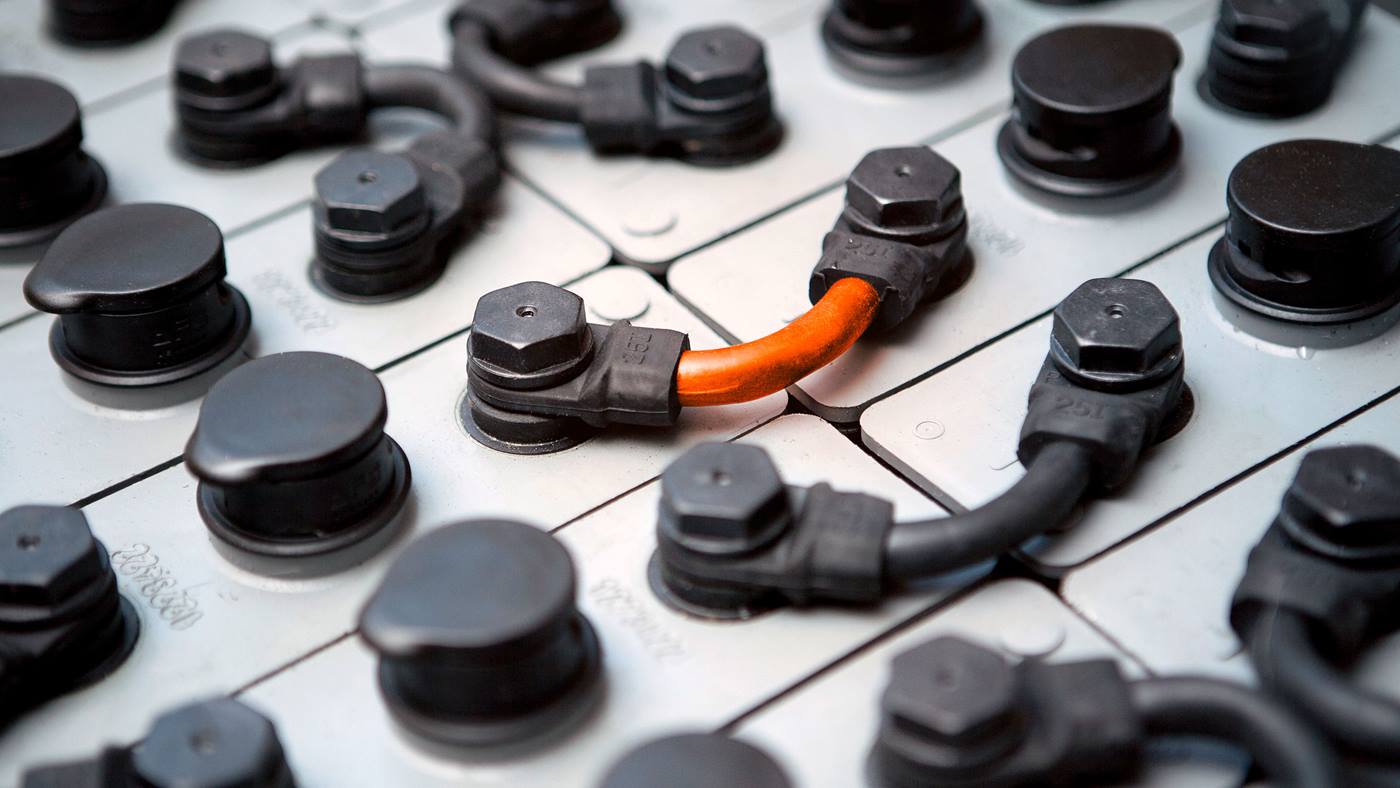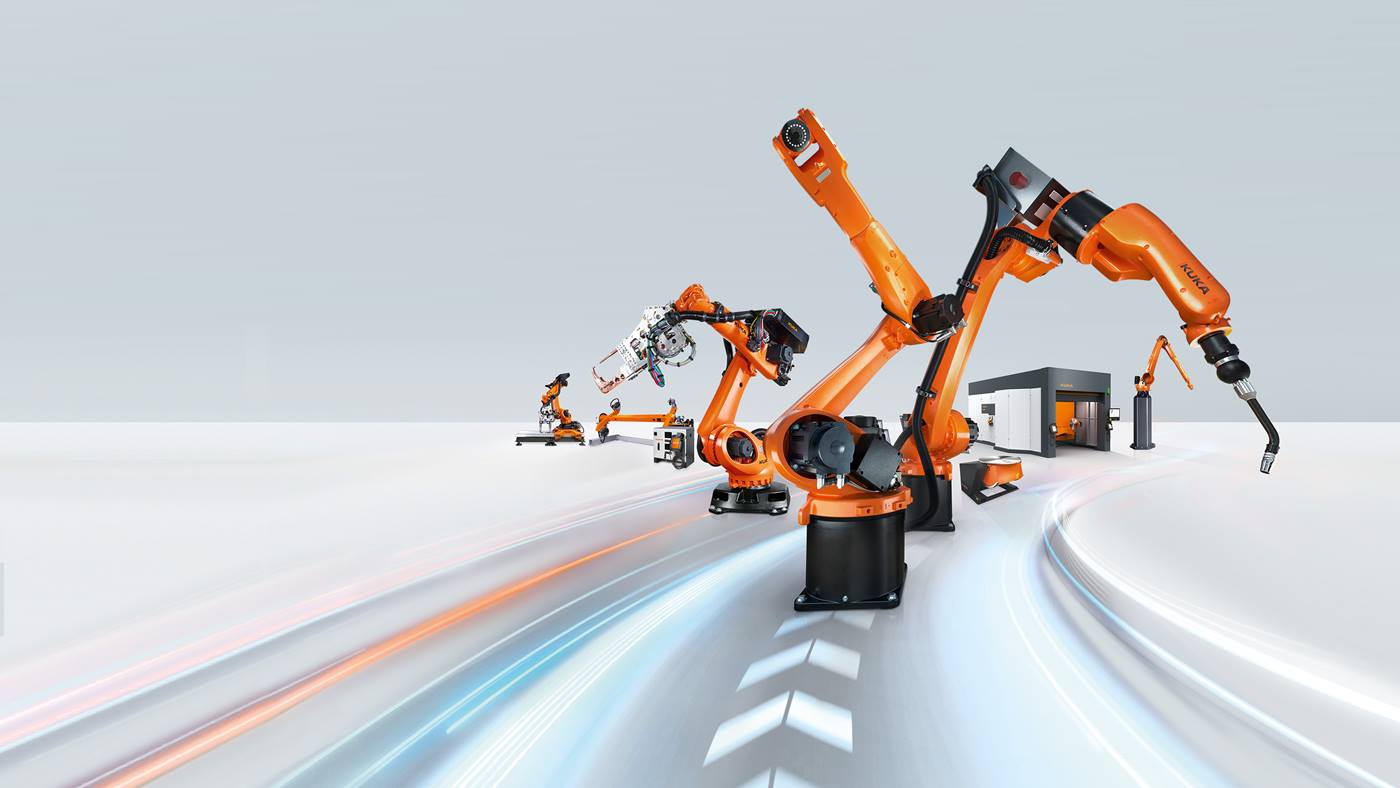The battery: The centerpiece of the electric vehicle
The production plant, including all testing processes, is expected to produce around 300,000 battery modules per year. These will be used primarily in electric vehicles. But, the battery modules are designed to be flexible and can therefore also be used for other applications.

